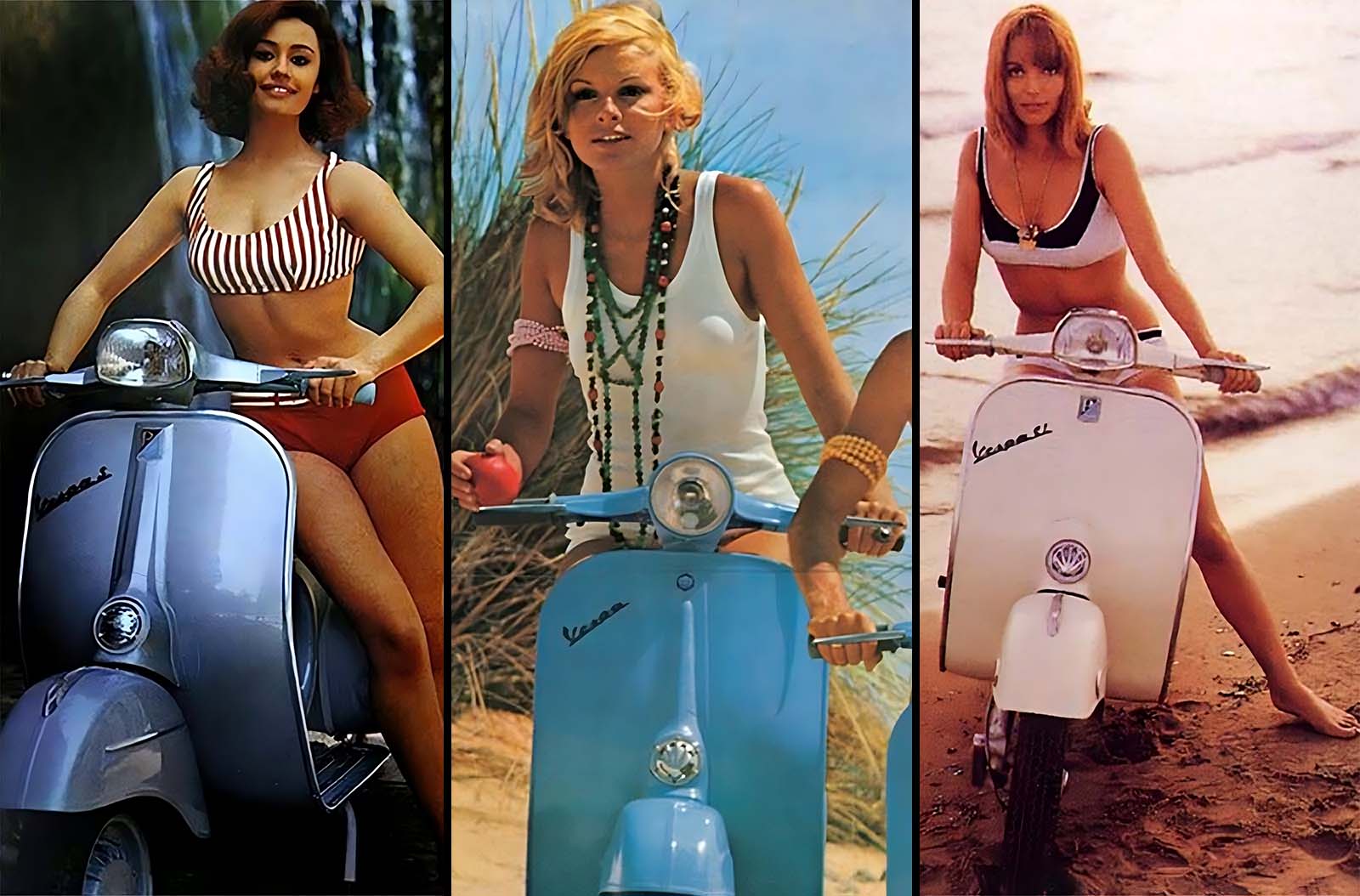The Vespa scooter, an emblem of style, functionality, and an era marked by post-war revival, carries with it a legacy that extends far beyond mere mobility.
Conceived in 1946, the Vespa was born out of a dire need for affordable, efficient transportation in post-war Italy.
Piaggio, inspired by the aeronautical designs of Corradino D’Ascanio, aimed to create a comfortable and functional two-wheeled vehicle for the masses.
The first Vespa, the Vespa 98, rolled off the assembly line and quickly captured attention with its unconventional yet striking design.
.jpg)
From their inception, Vespa scooters have been known for their painted, pressed steel unibody which combines, in a unified structural unit, a complete cowling for the engine (enclosing the engine mechanism and concealing dirt or grease), a flat floorboard (providing foot protection), and a prominent front fairing (providing wind protection).
In 1944, Piaggio engineers Renzo Spolti and Vittorio Casini designed a motorcycle with bodywork fully enclosing the drivetrain and forming a tall splash guard at the front.
In addition to the bodywork, the design included handlebar-mounted controls, forced air cooling, wheels of small diameter, and a tall central section that had to be straddled.
Officially known as the MP5 (“Moto Piaggio no. 5”), the prototype was nicknamed “Paperino” (meaning “Donald Duck” in Italian).
.jpg)
Piaggio was displeased with the MP5, especially the tall central section. He contracted aeronautical engineer Corradino D’Ascanio, to redesign the scooter.
D’Ascanio, who had earlier been consulted by Ferdinando Innocenti about scooter design and manufacture, made it immediately known that he hated motorcycles, believing them to be bulky, dirty, and unreliable.
D’Ascanio’s MP6 prototype had its engine mounted beside the rear wheel. The wheel was driven directly from the transmission, eliminating the drive chain and the oil and dirt associated with it.
The prototype had a unit spar frame with stress-bearing steel outer panels. These changes allowed the MP6 to have a step-through design instead of a tall center section like that of the MP5 Paperino.
.jpg)
The MP6 design also included a single-sided front suspension, interchangeable front and rear wheels mounted on stub axles, and a spare wheel.
Other features of the MP6 were similar to those on the Paperino, including the handlebar-mounted controls and the enclosed bodywork with the tall front splash guard.
Upon seeing the MP6 for the first time, Enrico Piaggio exclaimed: “Sembra una vespa!” (“It looks like a wasp!”) Piaggio effectively named his new scooter on the spot.
.jpg)
Piaggio filed a patent for the Vespa scooter design in April 1946.
The application documents referred to a “model of a practical nature” for a “motorcycle with rationally placed parts and elements with a frame combining with mudguards and engine-cowling covering all working parts”, of which “the whole constitutes a rational, comfortable motorcycle offering protection from mud and dust without jeopardizing requirements of appearance and elegance”.
The patent was approved the following December.
.jpg)
Piaggio sold some 2,500 Vespas in 1947, over 10,000 in 1948, 20,000 in 1949, and over 60,000 in 1950.
The biggest sales promo ever was Hollywood. In 1952, Audrey Hepburn side-saddled Gregory Peck’s Vespa in the feature film Roman Holiday for a ride through Rome, resulting in over 100,000 sales.
In 1956, John Wayne dismounted his horse in favor of the two-wheeler to originally get between takes on sets, as well as Marlon Brando, Dean Martin, and the entertainer Abbe Lane had become Vespa owners.
William Wyler filmed Ben Hur in Rome in 1959, allowing Charlton Heston to abandon horse and chariot between takes to take a spin on the Vespa.
.jpg)
Vespa clubs popped up throughout Europe, and by 1952, worldwide Vespa Club membership had surpassed 50,000.
By the mid-1950s, Vespas were being manufactured under license in Germany, the United Kingdom, France, Belgium and Spain; in the 1960s, production was started in India, Brazil and Indonesia.
By 1956, one million had been sold, then two million by 1960. By the 1960s, the Vespa—originally conceived as a utility vehicle—had come to symbolize freedom and imagination, and resulted in further sales boosts: four million by 1970, and ten million by the late 1980s.
Despite the passage of decades, the Vespa remains a symbol of elegance and practicality. Its design, largely unchanged in its essence, continues to attract admirers, and vintage Vespas fetch high prices at auctions.
.jpg)
.jpg)
.jpg)
.jpg)
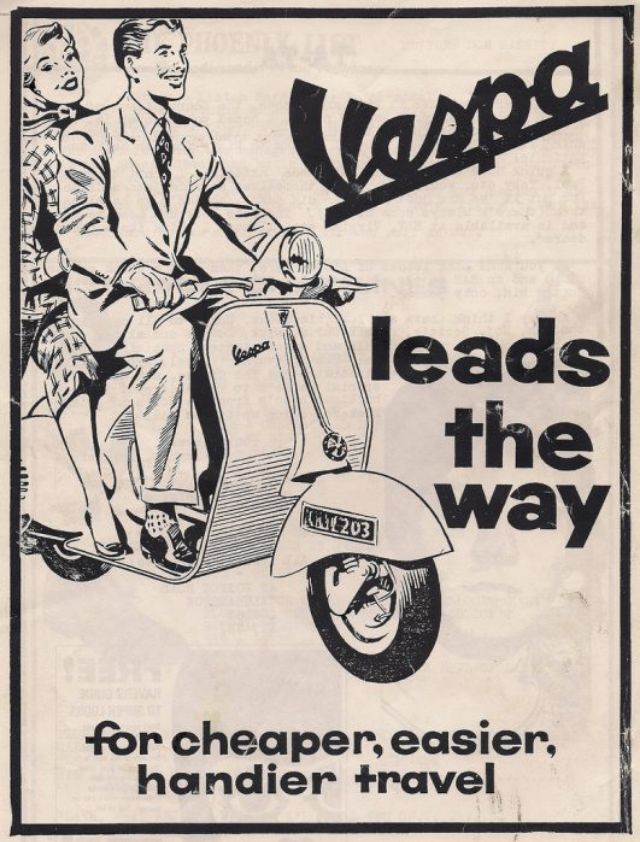
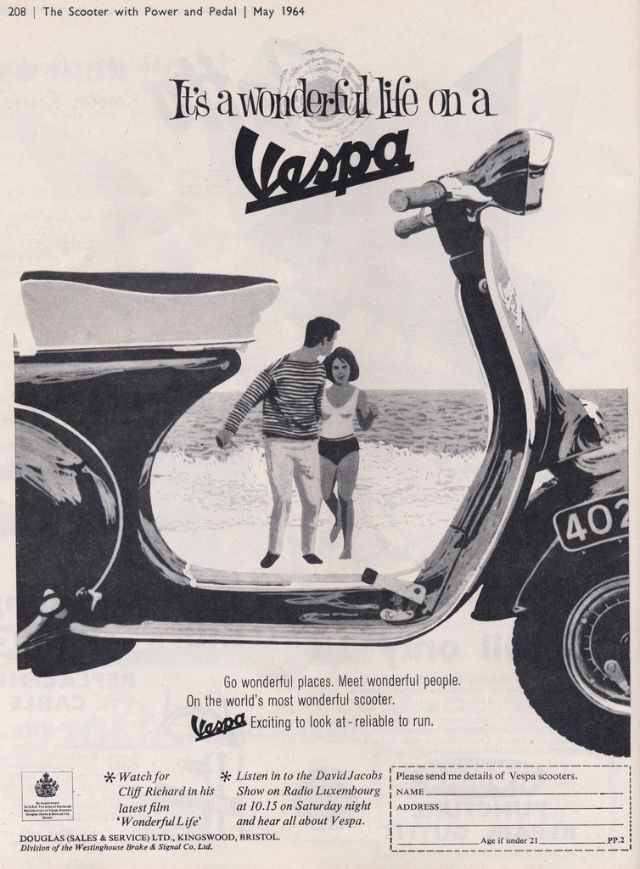
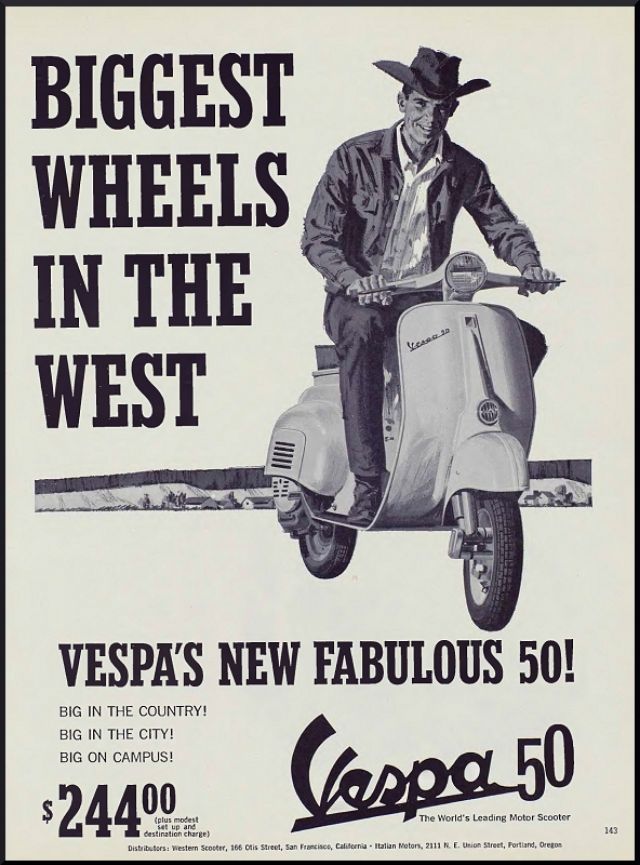
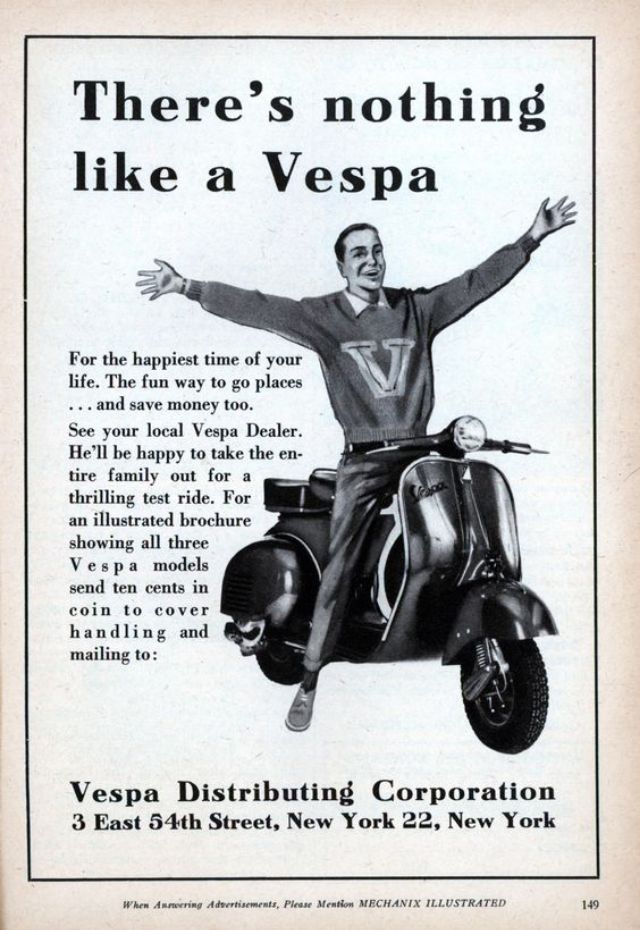
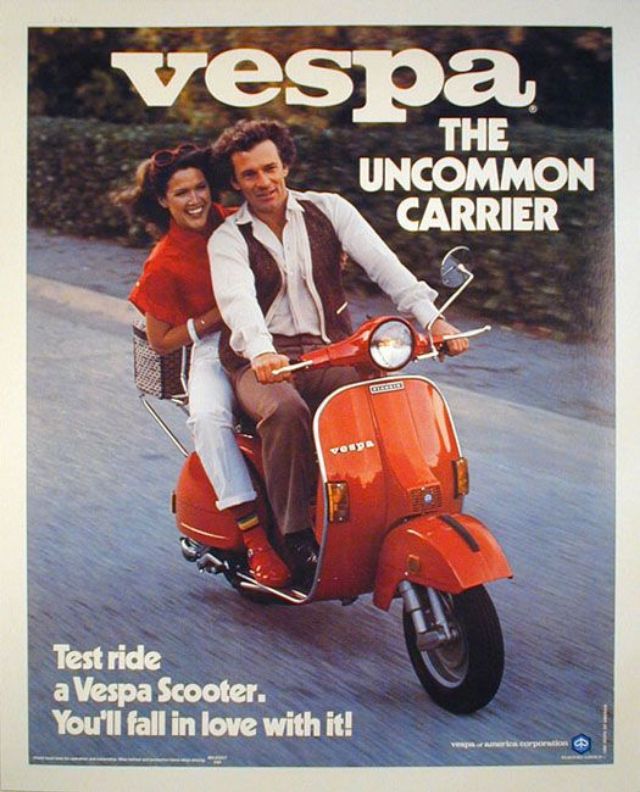
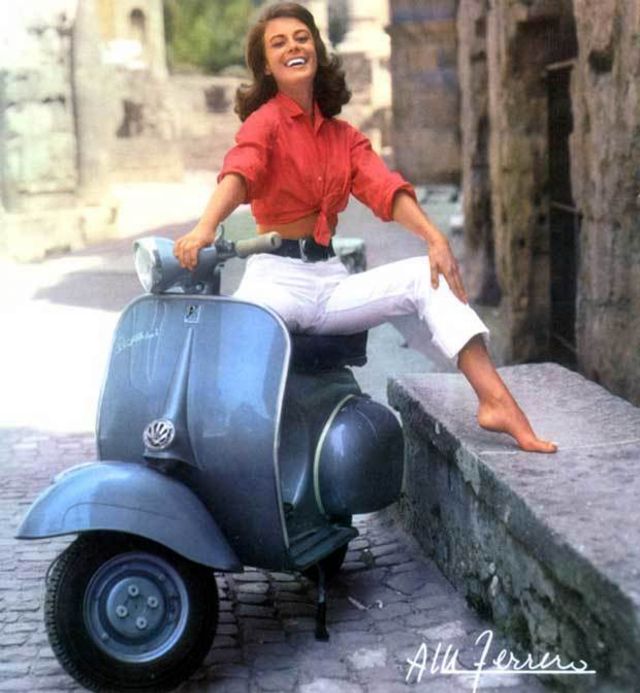
Anna Maria Ferrero.

Antonella Lualdi.
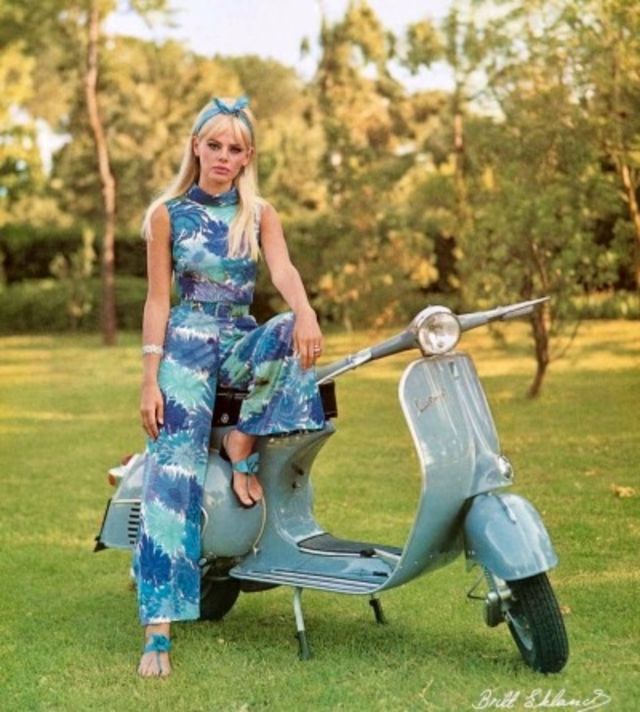
Britt-Ekland and her Vespa.
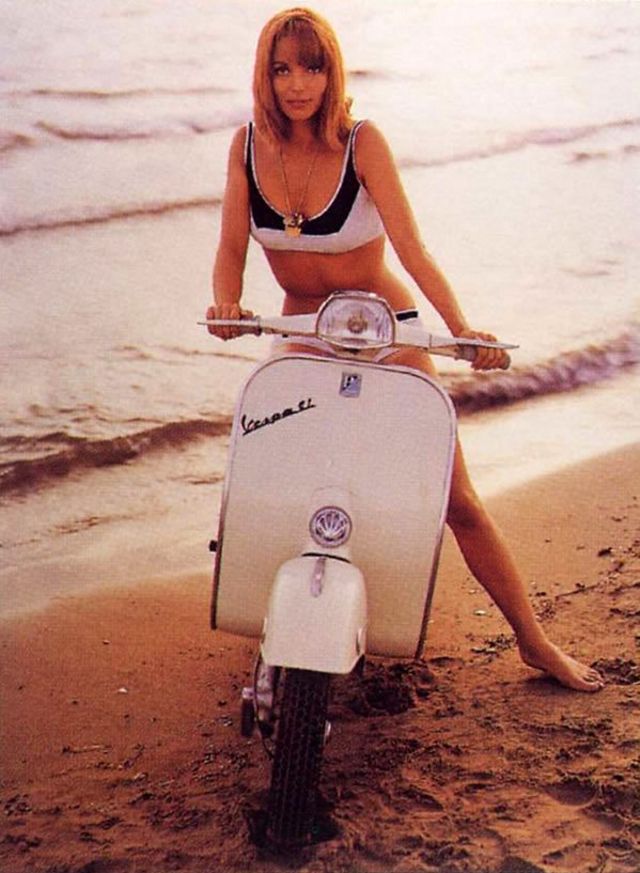
Elsa Martinelli.
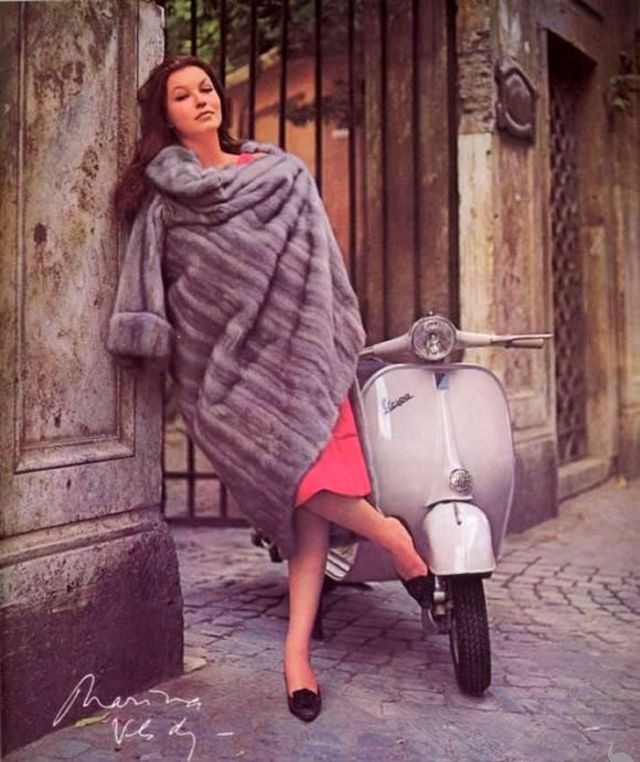
Marina Vlady.
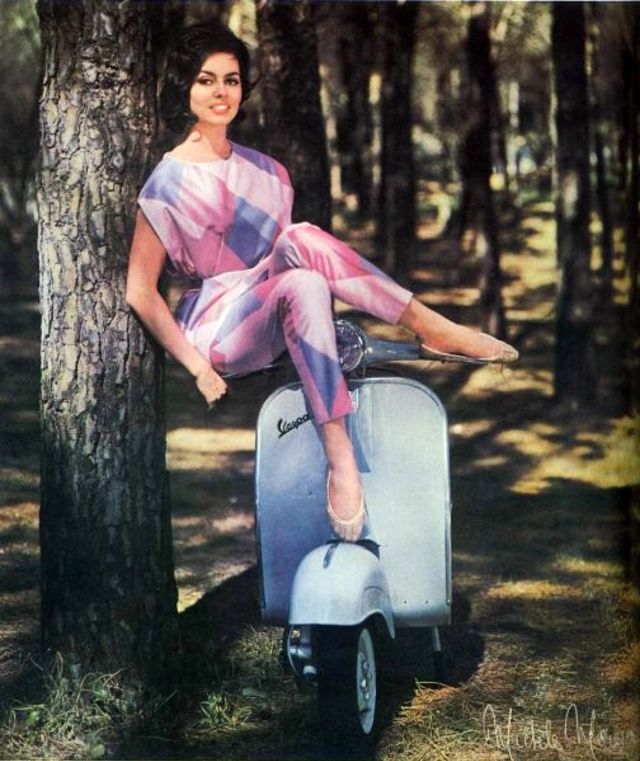
Michele Mercier.

Raffaella Carrà.
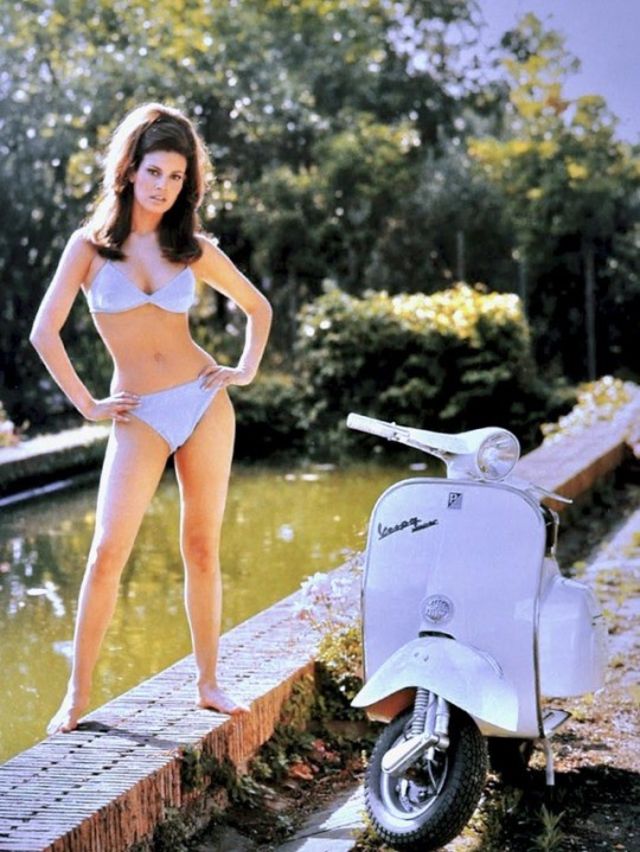
Raquel Welch and her Vespa.
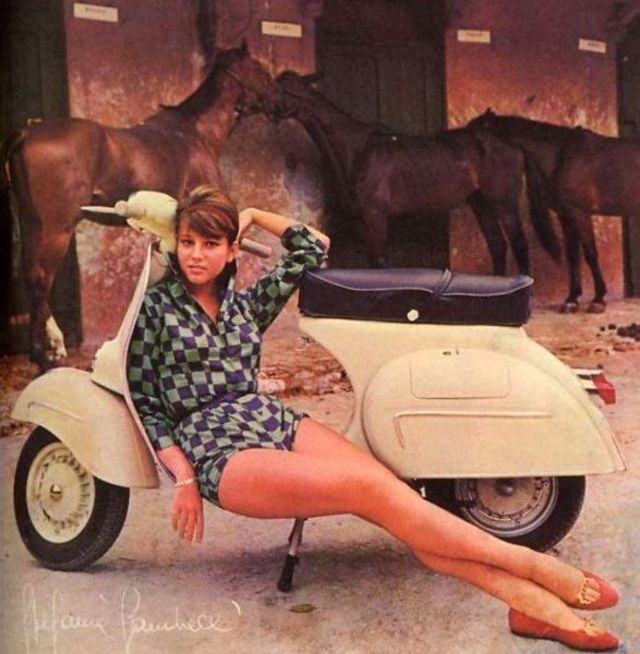
Stefania Sandrelli.

Ursula Andress.
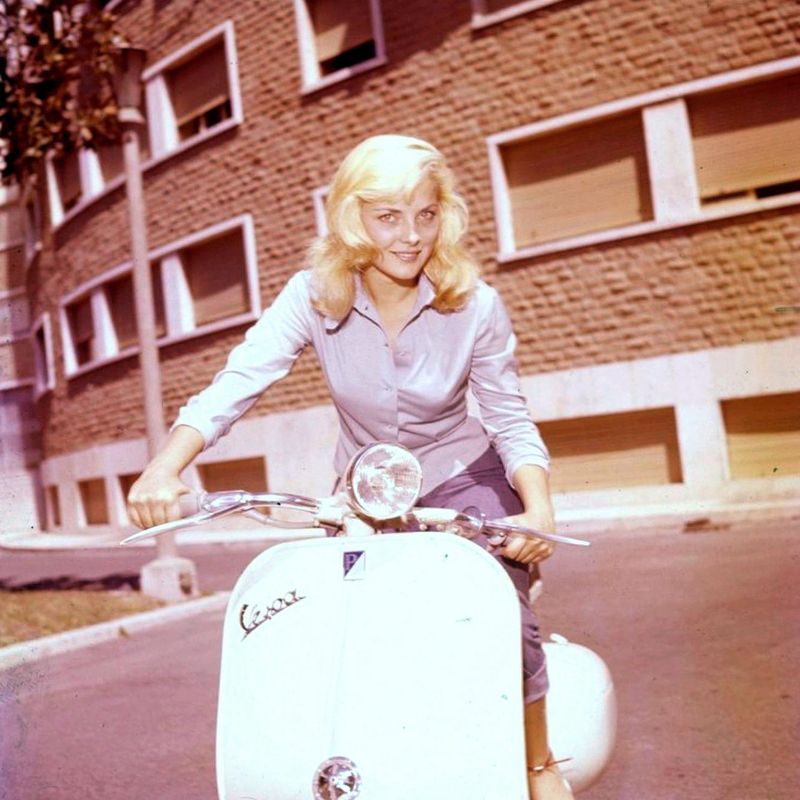
Virna Lisi.
.jpg)
Audrey Hepburn and Gregory Peck.
.jpg)
Gary Cooper.
.jpg)
Vittorio Gassman.
.jpg)
Charlton Heston and Stephen Boyd.
.jpg)
John Wayne.
.jpg)
Maurizio Arena.
.jpg)
Michel Simon.
.jpg)
Stefania Sandrelli.
.jpg)
William Holden.
.jpg)
Gina Lollobrigida.
.jpg)
Gordon Mitchell.
.png)
Paul Newman.
(Photo credit: Piaggio / Pinterest / Flickr / Wikimedia Commons).
